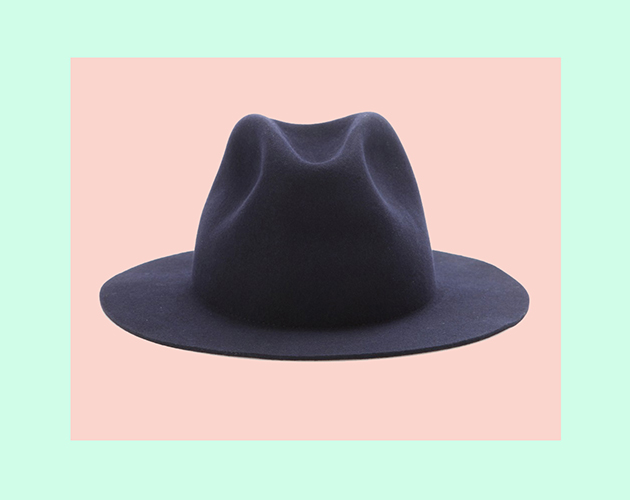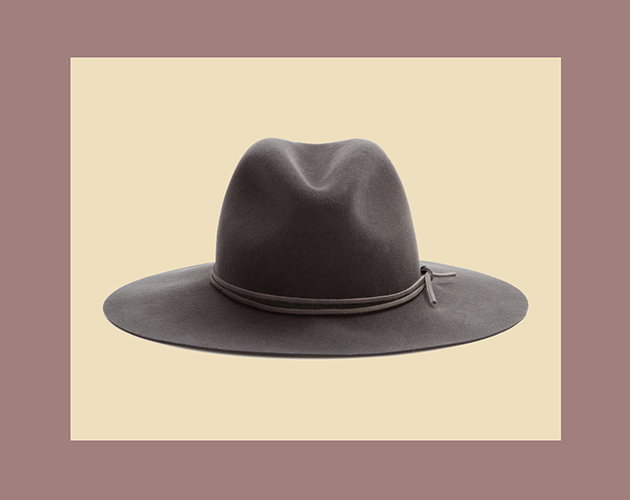
Made out of felt with a wide brim, a crown that is indented and pitched and a ribbon in colors such as black, dark brown and grey: the fedora hat is one of the most iconic accessories in fashion history. For the past couple of seasons the increasing popularity of hats in general, has given the fedora a newly reclaimed status. The fedora hat first appeared in 1882, exclusively adorning female heads, while, at that same year, it also appeared in the title of a play, “Fédora”, by the French author Victorien Sardou. The character of Princess Fédora wore creased, soft brimmed hats introducing the piece that soon became a popular item among women, particularly women’s rights activists. Following 1924, when the fedora was quickly embraced by men after Prince Edward of Britain started wearing them, the fedora became a natural part of the male wardrobe replacing previous fashionable head-gears such as bowler and top hats. The hat worked well in the metropolitan lives as protection from poor weather and the style could be worn on public transport. As the popularity for the fedora blossomed in the 1920s it has often been depicted in correlation with gangsters and the Prohibition era. The noir films of the 1940s and 1950s re-popularized fedora hats making it a staple until late 1950s, when casual attire took stage. Since then felt hats have made several come-backs both in the 1970s and 2000s.

Thanks to the silver screen, the fedora hat has been immortalized as a piece of old Hollywood glamour. It became an icon of manliness and mystery worn by the likes of Humphrey Bogart and Cary Grant. However, it has also been used as a symbol of feminine rebellious force and is therefore in many ways to be considered both a status symbol as well as a link between the sexes. It has an androgynous quality, mirroring the debate ongoing in many societies today, whilst still keeping its stylish practicality. It’s an easy way to see why a piece like this is spotted on many fashionable heads, aware or not of its rich history.


